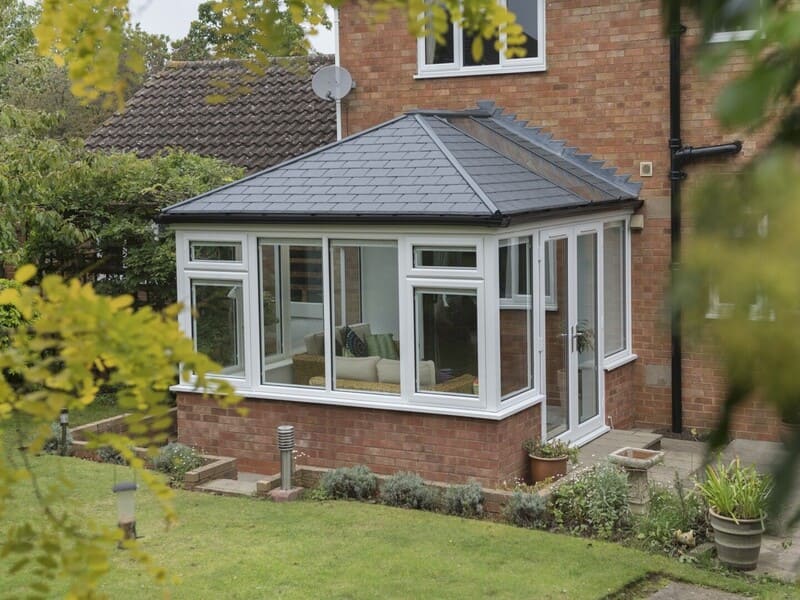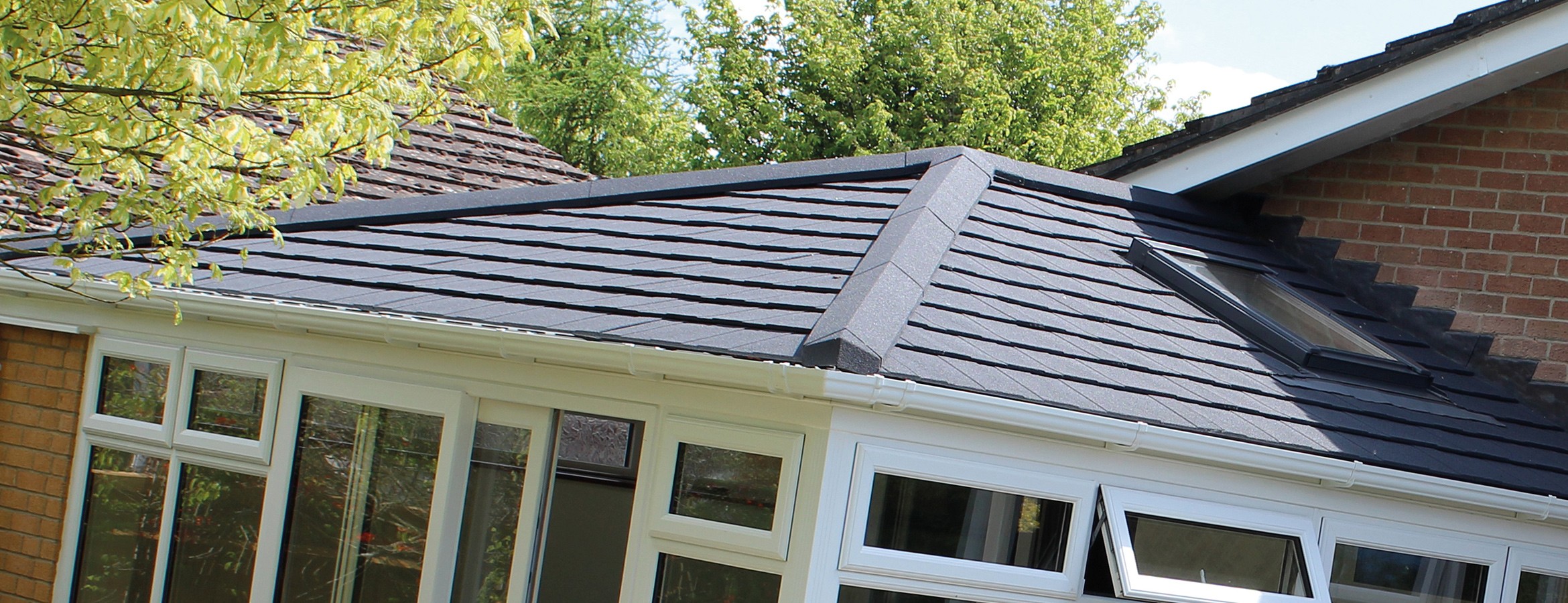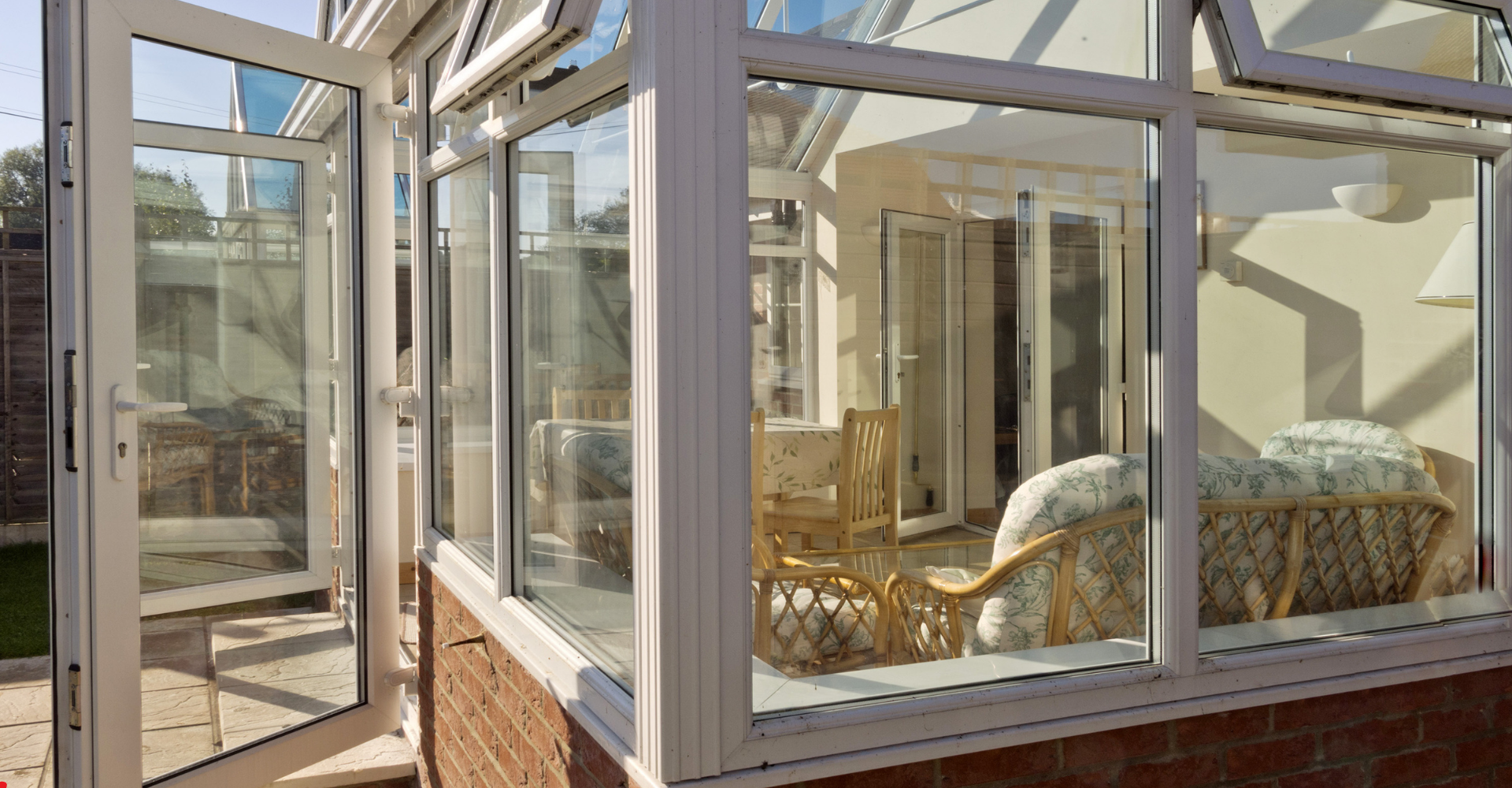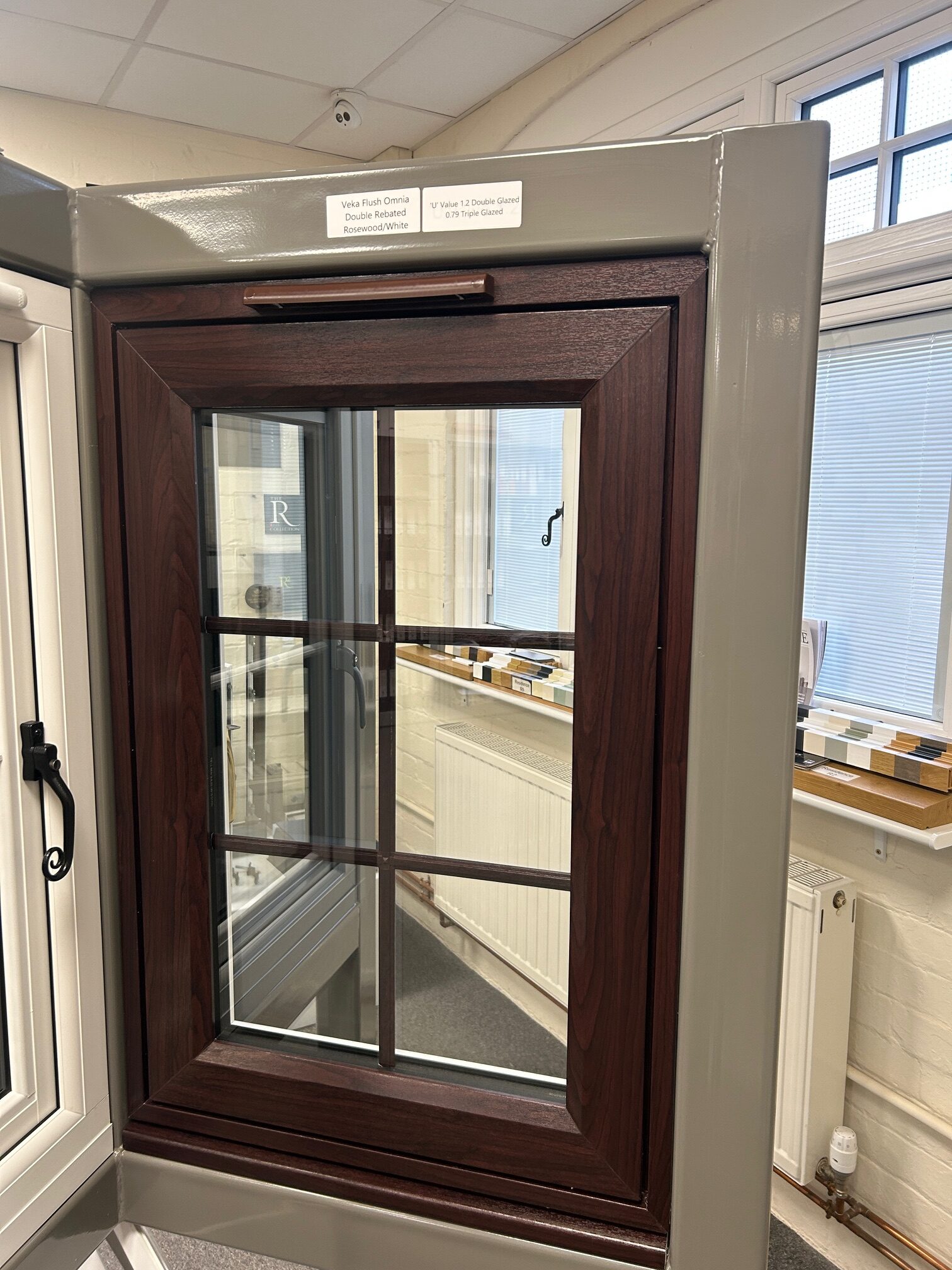Do I Need Planning Permission for a Conservatory?
Adding a conservatory to your home is a popular way to expand living space while bringing in natural light. Conservatories offer a wonderful blend of indoor comfort and a connection to the outdoors. However, before embarking on such a project, a common question arises: Do I need planning permission for a conservatory? In this guide, we’ll explore the rules and regulations around building conservatories in the UK, helping you understand when planning permission is required and how to navigate the process.
What are Conservatories?
Conservatories are typically single-storey extensions characterised by glass walls and roofs, allowing ample sunlight and creating a bright, airy space. Often used as sunrooms, dining areas, or even home offices, conservatories add value and charm to a property.
Because they extend a home’s footprint, it’s important to check whether your proposed conservatory project requires any official permissions, including planning permission or building regulations approval.
When Do You Need Planning Permission for Conservatories?
In many cases, planning permission is not required for conservatories due to permitted development rights. Permitted development allows homeowners to make certain changes or additions without applying for formal planning approval—provided these meet specific criteria.
Permitted Development Rights for Conservatories
Under UK planning laws, conservatories usually qualify as permitted development if they follow these key guidelines:
- The conservatory is at the rear of the house, not the front or sides facing the street.
- The height does not exceed 4 metres if it has a dual pitched roof, or 3 metres for any other roof style.
- The total area of all extensions (including the conservatory) on the property doesn’t cover more than 50% of the total land around the original house.
- The extension is a single-storey building.
- The conservatory’s eaves (the point where the wall meets the roof) do not exceed 3 metres in height.
- The conservatory is not built on designated land such as National Parks, Areas of Outstanding Natural Beauty, or Conservation Areas, where stricter rules apply.
If your conservatory meets all these conditions, you can usually proceed without submitting a planning application.
When Planning Permission is Required
There are situations where planning permission is mandatory:
- If your property is a listed building or in a conservation area, permitted development rights can be limited or withdrawn.
- Rear conservatories that exceed the size or height limits.
- Conservatories built to the front of the house or on the sides facing the road.
- If you already have other extensions that, combined with the new conservatory, breach the 50% land coverage limit.
- If the local council has imposed Article 4 Directions removing permitted development rights.
In these cases, you will need to apply to your local planning authority before starting construction. Submitting a detailed conservatory plan and waiting for approval is necessary to avoid enforcement action.
Building Regulations Approval
Even if you do not need planning permission for your conservatory, building regulations approval may still be required. This ensures the work meets safety, energy efficiency, and structural standards.
You may need building regulations approval for aspects related to:
- Structural stability and foundations.
- Thermal insulation and energy efficiency.
- Fire safety (especially if the conservatory connects to the rest of the house).
- Electrical installations and drainage.
Typically, your builder or conservatory installer will know if this approval is necessary and handle the submission.
How to Check if You Need Planning Permission
To be absolutely certain, it is advisable to:
- Review government guidance on conservatories and permitted development rights.
- Consult your local planning authority—they may have specific policies or additional restrictions.
- Consider seeking advice from a planning consultant or architect, especially if your project is complex.
There’s also the option of applying for a Lawful Development Certificate (LDC), which provides legal confirmation that your conservatory does not require planning permission.
Final Thoughts
Conservatories are a fantastic way to enhance your home, adding beautiful, light-filled space that connects indoor and outdoor living. Fortunately, many conservatories can be constructed under permitted development rights without the need for planning permission. However, it is crucial to verify the rules early on to avoid costly disruptions or legal issues.
In summary, if your conservatory complies with size, height, and location rules, and your property is not in a restricted zone, you likely do not need planning permission for a conservatory. Still, always check with your local council or a planning professional before you start building. Additionally, remember that building regulations approval may still be necessary to ensure your conservatory is safe and energy-efficient.
By understanding the requirements around conservatories, you can confidently plan your extension and create the perfect space to enjoy for years to come.
Contact Shane Howells today for free expert advice on your next conservatory. Our friendly team are just 1 phone call away, and are happy to help with any of your questions.







